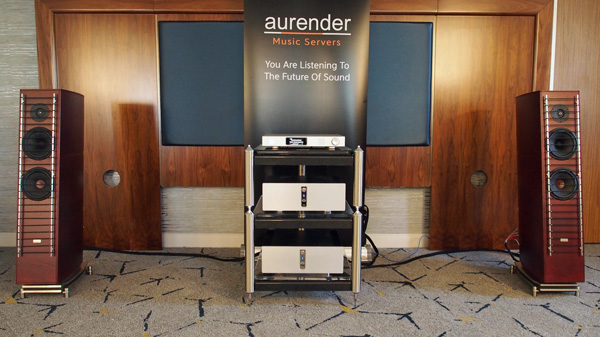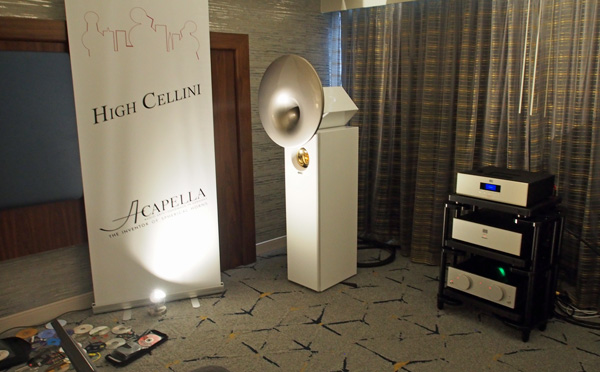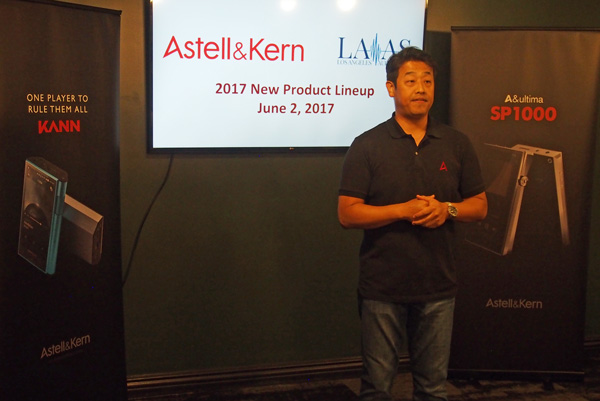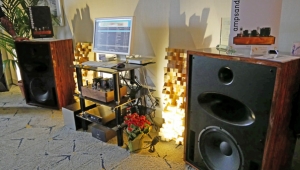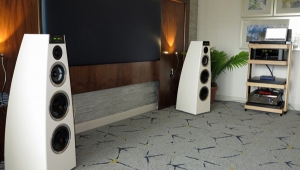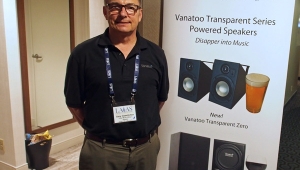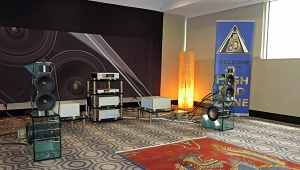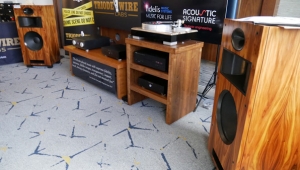| Columns Retired Columns & Blogs |
How did they connect them? Stacked like mbl Xtremes? Just trying to picture this, given the shot of Wendell doesn't show enough to visualize.
The summed 1.7's also remind me of Eno's Ambient/On Land album, where Eno depicts a 3-channel system by doing the opposite- summing the difference between the channels and placing the speakers further behind the mains.
I tried it back in the mid-eighties with a pair of SMG's (augmenting a pair of Polk Audio's), and it was an interesting experiment that produced some convincing depth of field perspective for this (spacious and ethereal) album. Eno really did convey a place and time with this setup, than with just the LP alone.


